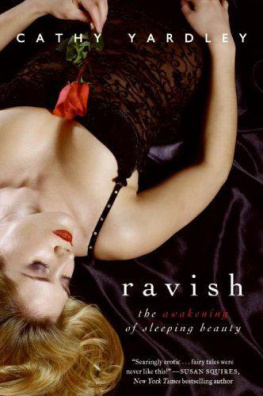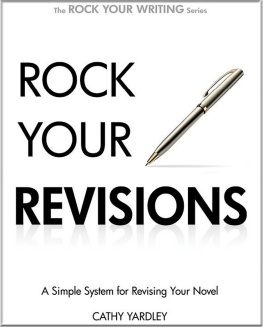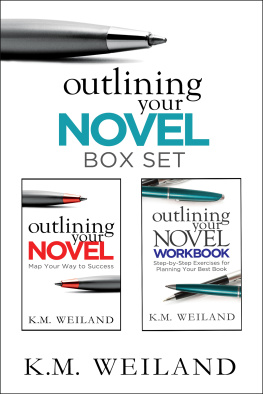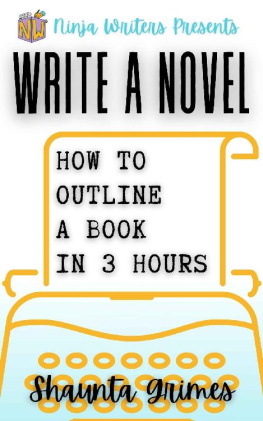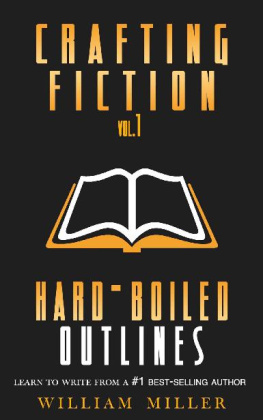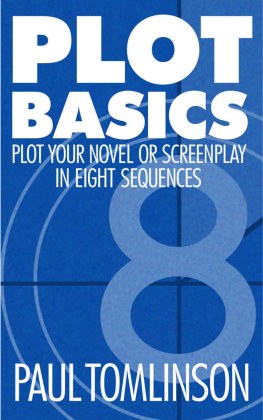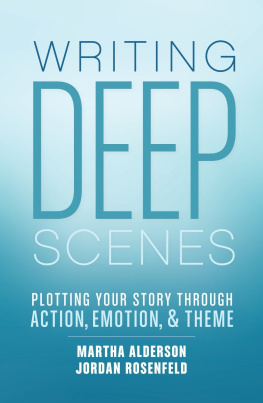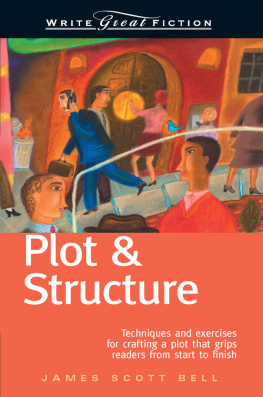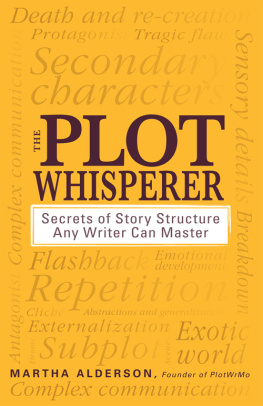Contents
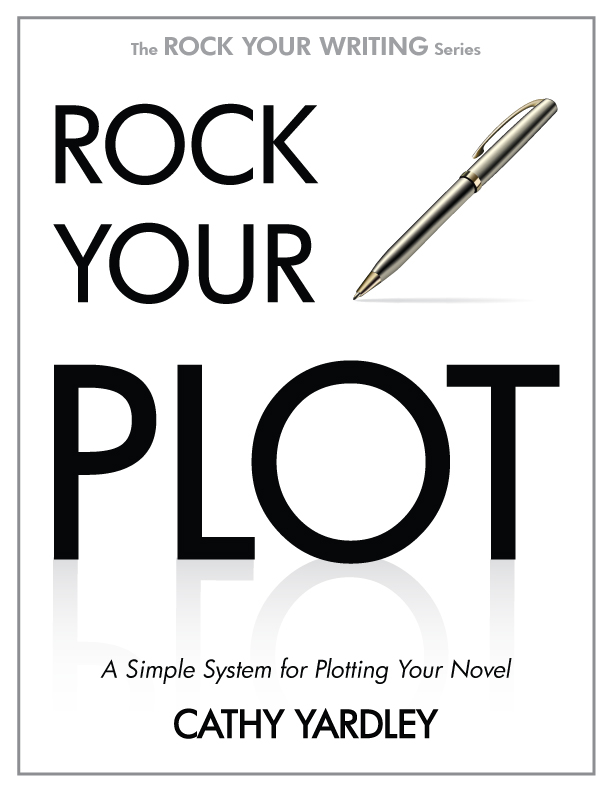
Content Copyright 2012 by Cathy Yardley Wilson
All rights reserved. Published in the United States or America.
First publishing date June, 2012
Introduction
Why plot?
When I speak to other writers, they usually call themselves either plotters or pantsers (i.e., seat-of-the-pants instinctual writers).
Lately, Ive been hearing plontsers (because pantsers didnt sound nearly silly enough, right?) This means they fall on varying points of the plotting spectrum maybe not writing intricate scene by scene diagrams, but definitely having a sense of the story arc before they sit down to type it.
I believe that if youre a pantser, you need to respect that because forcing yourself to write in a way that isnt comfortable to you tends to be a recipe for disaster. However, I have seen many self-proclaimed pantsers who are equally uncomfortable with their process; they simply havent found a workable system for their storytelling.
Ill admit it: I am a die-hard plotting fanatic.
Having been a genre fiction writer since 1999, Ive written and published sixteen novels, one non-fiction reference book, and two novellas.
During most of that time, I either held down a full time job or taught, edited and coached writing while raising my son. And there is no way on earth I could have pulled it off it werent for my plotting system. Ive been streamlining and adjusting this basic process for over a decade, and Im thrilled to be able to share it with you.
What this book covers.
This book will walk you through a specific process that will get you from vague story idea to completed rough draft, covering the following steps:
- Testing your premise for inherent conflict and sustainability
- Goal, motivation, conflict
- Character sketches.
- Plot Points
- Scene Outline
For each step, I give examples and concrete assignments to help you put the principles into practice in your own novel.
While this process can work for any fiction that uses traditional three-act structure, it works best for commercial genre fiction: romance, mystery, sci-fi/fantasy, Western, etc.
Who this book will help.
If plotting your story is a problem for example, if you get to about the middle of a manuscript, stall out, and then move onto another story this book may be able to help.
If you've been a pantser (seat-of-the-pants freeform writer) but you feel like you need something more structural to help you complete your projects, this may help.
If you've been rejected because your stories don't seem to connect with editors, this book may help.
If you want to write more (and better) self-published commercial genre novels, this could help.
If you're interested in increasing your writing productivity and speed by streamlining your writing process, then this book can definitely help.
A little about why I wrote this.
I've been a commercial genre writer for the past thirteen years, publishing over eighteen novels, mostly with Big Six traditional publishers. I was told, point blank, that if I wanted to be a success (in this particular case, writing series romance), I'd need to produce two to three books a year.
For whatever reason, despite my hippie/granola inclinations, I'm a systems girl. When I was balancing a day job, and then afterward writing and promoting while childrearing, I realized that if I didn't have a system which streamlined my writing process, I would be screwed.
After almost fifteen years of compulsively studying writing reference books and then writing blogs, this book encapsulates the streamlined system I've come up with.
Who this book is NOT for.
The key to this particular book is taking the tools of other well-known writing references, and showing you a hands-on, workable technique to use those tools . If youre an experienced writer looking for a plotting book that has something new to offer, this may not be a worthwhile exercise for you. (That said, I have received feedback from writers who are able to look at old techniques in a new way thanks to this process.)
If you're interested in writing avant garde literary fiction, non-commercial fiction, and/or feel that three-act structure is formulaic, this book is not for you.
If the mere thought of plotting gives you hives, for the love of God, don't pick up this book. It will make your head explode. Seriously.
At one point, I will walk you through how to write an outline that covers every scene of your book . If that makes you want to run screaming, don't buy this.
How to use this book.
I would strongly suggest reading through the book in its entirety to get the overview, then block out time to work out the assignments in the order theyre given.
If you try to jump to your plot outline without doing the pre-writing stuff, youre probably going to wind up in the same place youve been: stuck, flailing around aimlessly while your protagonist stagnates.
Trust me, the system works as set up.
And, as with any writing reference (or pretty much anything I can think of), take what works for you and leave the rest. Not everyone is as pathological as I am when it comes to plotting, but if you can see beyond the madness and detail, you should find the lynchpins of solid fiction writing and both absorb them and use them to your advantage.
Extras.
If you go to my writing website, http://rockyourwriting.com , you can download a free pdf companion workbook, covering the exercises in this book.
Chapter 1: Test Your Idea
A quick Wikipedia search for story premise gives the following definition, and it's as good as any:
"The premise ... is the fundamental concept that drives the plot."
What I'd like you to notice is that it's not just the concept.
Randy Ingermanson, the author who runs Advanced Fiction Writing and who developed the Snowflake plotting method, suggests that you start all plots by writing down what your premise is in one sentence.
I dont know that Id be that extreme, but it is a good way to start.
Why?
Because it helps you identify the protagonist; it should state your story goal and thats it . Thats who were rooting for and what were rooting for.
If you dont have that, or if it runs longer than one sentence, you may have a muddy concept. If you can cut your premise down to bare essentials, you'll know immediately if you've got a story with an engine or not.
Your premise is the back cover blurb of your book, the illustration of what's wanted and what's at stake.
Its not the theme, as in love conquers all.
Its not the character, such as a rogue angel working for a mad god.
It must encapsulate a character, a goal, and an obvious conflict.
Im going to repeat that: obvious conflict .
Heres an example: A woman with agoraphobia is kidnapped and must figure out how to negotiate the outside world to escape from her captor.
Or for a romance: Sheila Carter pursues her longed-for promotion by planning the wedding of the century for her client the man shes been secretly in love with for ten yearsto a woman whos out for his money.
The elements of conflict are right there. A woman getting kidnapped and trying to escape already has a built-in conflict. The agoraphobia adds stakes. A woman watching her secret love go off with someone else also has some built in conflict; the fact that she must plan the wedding, and that the future wife is horribly wrong for him, adds drama and increases stakes.


